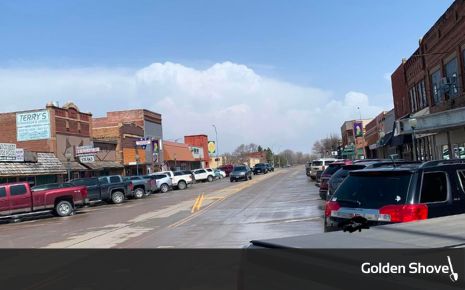Housing Shortage Update - Summer 2022

2 Aug 2022
News, Housing
After two grueling pandemic years, a weary world rang in a tumultuous 2022. With rapid inflation, stock market volatility, and the global ripples caused by an excruciating war in Europe, the only certainty seems to be uncertainty. The current housing market is compounding those challenges in the United States. Thanks to pandemic shutdowns, labor shortages, and supply chain issues, housing inventory at the end of 2021 was already low. With a shortage of approximately 1.5 million homes, there is less inventory to rent or buy than there has been at any time in the past 30 years.
Incentives to End the Housing Shortage
The U.S. government is pledging to close this housing supply shortage in five years by way of new incentives that will relax state and local land use laws and introduce new ways to finance residential construction, but what will people do in the meantime?
The inventory shortage has led to an unprecedented problem with affordability. According to Zillow, the price of the average home in the US is $350,000 – up 20.7 percent from a year ago. The American Enterprise Institute (AEA), a think tank based in Washington, DC, predicts that home prices will continue to rise in double-digit percentages until at least the end of 2028.
On top of increasing prices, rising interest rates are making it too difficult for prospective buyers to qualify for appropriate homes. The Mortgage Bankers Association (MBA) states that mortgage applications are now at the lowest level in 22 years. Between rising prices and higher interest rates, a monthly mortgage payment is more than 50 percent higher than it was just a year ago. At the same time, today’s high valuations and higher interest rates make homeowners far less likely to sell.
A slowdown in demand may drive prices down in some markets, but no one is predicting a deceleration resembling the historic housing drops in 2008. It takes a surplus supply of homes to create a housing bubble. Moreover, the 2008 crisis was fueled by exceedingly lenient mortgage terms. The fallout from those loose and even predatory lending practices resulted in thousands of foreclosures which is why there are far more stringent mortgage regulations today.
In keeping with the current market, rents continue to soar. When rents are high, people can’t save for the downpayment on a home. The hardest hit are the Millennials, who are also impacted by wage stagnation and unprecedented levels of student debt. This is a long-term problem because people who can’t participate in homeownership tend to have more trouble building wealth over the long run. In April 2022, The National Low Income Housing Coalition (NLIHC) published a study detailing the current housing gap. The seriousness of today’s housing dilemma has motivated some lawmakers to begin exploring ways to incentivize the construction industry to build more affordable rentals.
Of course, economic developers with foresight are looking into innovative ways to remedy today’s housing challenges. They know that a lack of safe, affordable housing can cause myriad problems in a community. In extreme cases, high housing prices lead to waves of evictions that can destabilize and demoralize communities on every level. Across the board, a lack of affordable housing sabotages workforce attraction, leaving jobs unfilled, less discretionary spending money in the hands of local consumers, and less tax revenue to work with.
What Can Economic Developers Do?
One of the most valuable investments an EDO can make is commissioning a housing study to assess and forecast housing inventory, housing affordability, and housing needs due to workforce development. The findings from the housing study should be used to inform and guide conversations with community leaders, developers, investors, and partners. If a housing study is more than five years old, it’s out of date.
Research that can ideally go hand-in-hand with a housing study is an analysis of underutilized property. For example, vacant school properties in Roanoke, Virginia were used for multifamily homes. Other communities have retrofitted commercial buildings, issued land grants, and even started tiny house initiatives. Other EDOs have solved housing shortages by way of innovating financing, and creative applications of 3D printing technology. Needless to say, effective EDOs work hard to garner grant money and gain community support for progressive housing politics and initiatives. In today’s economy, attractive, affordable housing is a major economic driver.
Is the Housing Shortage Impacting Your Community?
Golden Shovel Agency has worked closely with economic developers across the United States for years and remains dedicated to their success. If you haven’t accessed our free whitepaper that offers Groundbreaking Strategies to Solve the Housing Shortage in Your Community, we encourage you to download it today. For more articles that will keep your EDO abreast of the latest developments in Housing News, click here.
About the Author

Caroline Sposto
Copywriter
Connect with Caroline on LinkedIn
Caroline Sposto is a Copywriter for Golden Shovel Agency. Caroline creates content and shares stories for Golden Shovel. She enjoys working with economic development organizations and learning about communities she's never heard of before, and hearing about the clients' success stories.
More Topics





